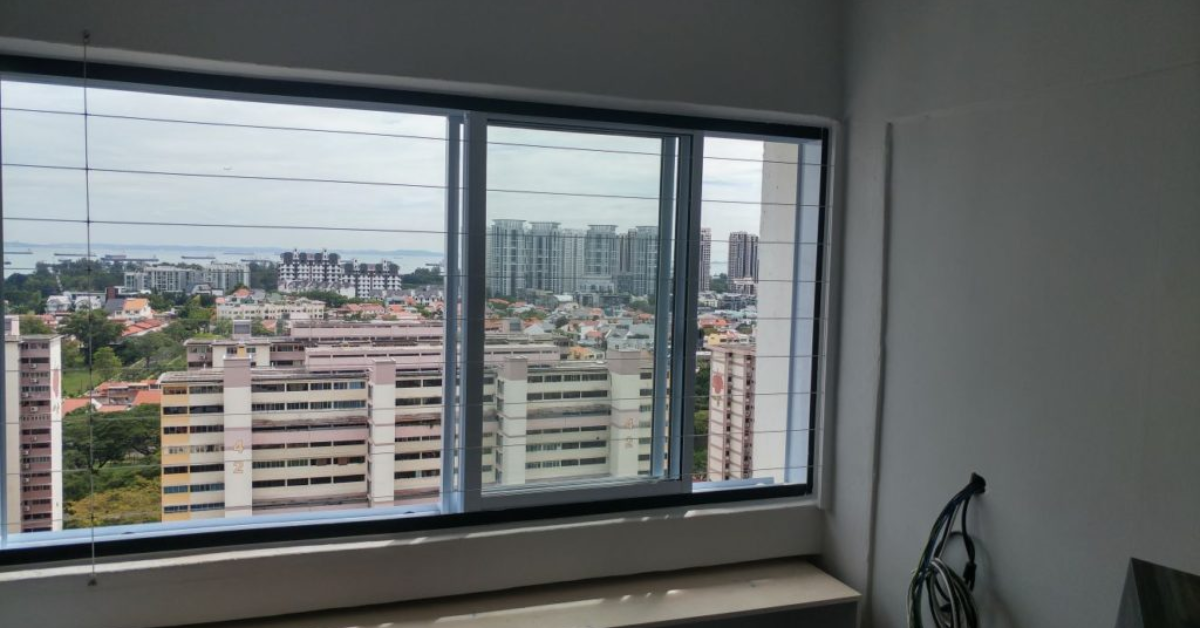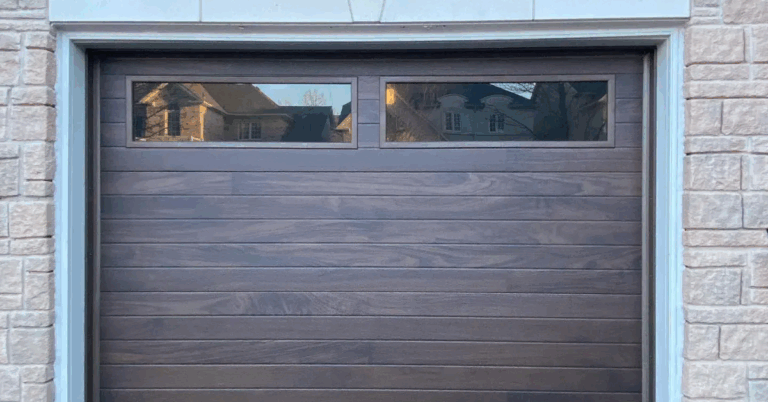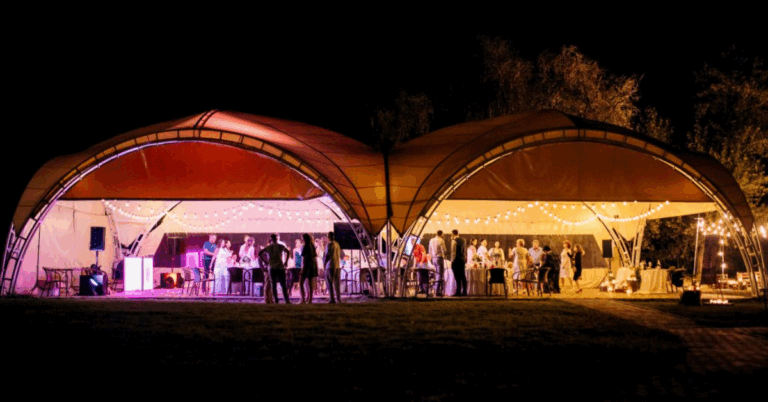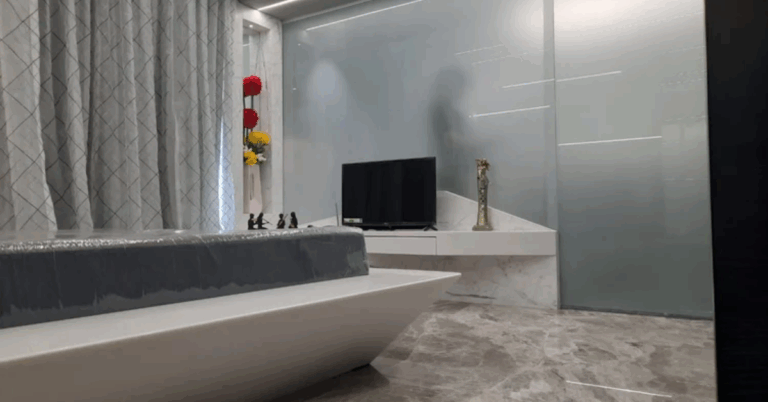Invisible Window Grill: The Modern Solution for Safety and Style
In today’s homes, where design and functionality go hand in hand, the concept of the Invisible Window Grill has emerged as a smart and stylish alternative to traditional safety window bars. An invisible window grill offers the security one expects from a grill—protection for children, pets, and high-rise openings—while preserving the visual openness, airy feeling and clean aesthetic that many modern homes aim for. This technology enables homeowners to maintain panoramic views, maximize natural light, and reduce the sense of confinement, all without sacrificing essential safety.
What is an Invisible Window Grill?
An invisible window grill is typically made of high-tensile stainless steel cables (often grade 316 or similar), coated with a protective material such as nylon or plastic. These cables are mounted within the window frame or balcony opening in a way that blends almost seamlessly with the architecture and gives the impression of no barrier at all—hence the term “invisible.” Despite the name, these installations provide serious strength and security: they are tested and rated for load-bearing and prevent falls or unwanted intrusion.
Unlike bulky wrought-iron bars or heavy grilles that obstruct views and block sunlight, an invisible window grill is engineered for minimal visual impact, allowing for safety without the “caged in” look. It is especially relevant in modern apartment buildings, contemporary homes, or any living space where maintaining the aesthetics of fenestration is a priority.
Why Choose an Invisible Window Grill?
1. Enhanced View & Light
One of the most compelling reasons to choose an invisible window grill is that it delivers safety without sacrificing the view. Traditional bars often disrupt the visual line and make spaces feel closed off; invisible grills allow for clearer sightlines and better natural light.
2. Safety for Children, Pets & High-Rise Use
In homes with young children or pets, window openings and balconies can present serious hazards. An invisible window grill acts as a barrier to accidental falls without making the space feel restricted. According to experts, well-designed invisible grills can support considerable force and are installed with tension systems to ensure structural integrity.
3. Durable Materials & Low Maintenance
Because the cables are stainless steel and coated, they resist rust and corrosion far better than older metal grill systems—especially important in humid or coastal climates. Maintenance is often minimal: a periodic wipe down is usually sufficient.
4. Compatible with Modern Aesthetics
Modern architecture and interior design favor clean lines, large glass expanses, and minimal visual clutter. An invisible window grill fits these requirements much better than ornate or heavy grill systems. It helps maintain the design continuity of windows and balconies.
5. Potential Value Add
From a property value perspective, homes that look open, bright and secure can command higher appeal. The invisible window grill may contribute to the perception of an upscale, well-finished home, which is often a selling point. It’s a less obtrusive feature that can enhance both form and function.
Key Features & Technical Considerations
When evaluating invisible window grills, there are several features and considerations that should guide your choice:
Cable grade & thickness: For instance, many systems use 2.0 mm to 2.5 mm stainless steel cables with coatings for added durability.
Fixing and tensioning system: The cables must be properly tensioned to ensure they don’t sag or become loose over time. Regular checks may be necessary.
Frame integration: The way the system is mounted into the window or balcony frame affects appearance and performance. A clean installation helps maintain the “invisible” effect.
Emergency egress: Unlike fixed heavy grills, some invisible grill systems are designed to allow for removal or opening in case of fire or other emergencies—this is a safety plus.
Local building codes & regulations: Always ensure compliance. In some jurisdictions, certain openings must adhere to particular guard‐rail or barrier heights or forces.
Maintenance plan: Even though invisible grills require less maintenance than traditional grills, periodic inspection (especially in coastal or humid zones) is recommended to ensure tension and integrity remain safe.
Potential Drawbacks & How to Mitigate Them
No product is perfect for every scenario, so it’s wise to weigh any caveats along with the advantages.
Higher upfront cost: Invisible window grills tend to cost more than basic metal grills due to material quality, precision installation, and finishing. However, many consider the aesthetic and performance benefits worth the investment.
Large openings may require additional support: In very wide windows or balcony openings, extra support structures may be necessary, which could reduce the “invisibility” effect somewhat.
Installation quality dependence: If the system is poorly installed—incorrect tension, improper fixings—then performance will suffer. Always engage qualified installers familiar with invisible grill systems.
Maintenance of tension: Over time, cables may require tension adjustment to maintain the integrity and safety. Though this is uncommon if well installed, it’s a factor.
By proactively addressing these considerations—choosing a reputable installer, verifying material specs, and planning for periodic checks—you can largely avoid the drawbacks and enjoy the full benefits of an invisible window grill.
Practical Applications: Where It Works Best
Invisible window grills are particularly beneficial in the following scenarios:
Urban apartments and high-rise balconies: These homes often emphasize views, light and openness. Invisible grill systems maintain this while delivering safety.
Homes with children or pets: Any window or balcony opening is a hazard; an invisible system can provide a barrier without making the space feel constricted.
Modern homes with large windows or sliding doors: Where the style calls for minimal visible structure and maximum light.
Renovations where design continuity is important: If upgrading older grills or replacing bars, an invisible grill offers a modern, subtle alternative.
Coastal or humid environments: Because of its corrosion-resistant materials, this system works especially well in environments where standard grills may rust or degrade.
Installation and Aftercare Guidance
Here are some best practices to keep in mind when installing and maintaining invisible window grills:
Begin with a site survey: Examine the window or balcony opening, measure dimensions, check framing and ensure a straight, clean surface for mounting.
Select the correct system for your opening: Whether sliding, fixed, or casement window type—choose a system compatible with how the window operates.
Use quality materials: Opt for marine‐grade stainless steel cables (e.g., 316) and UV‐stable coatings if exposed to sun or harsh weather.
Ensure proper tensioning: Installers must tension the cables so that they remain taut, with no sagging or loosening that could compromise safety.
Check anchorage and fixings: All mounting points—walls, frames or floor—must be solid and properly fixed to bear load.
Test safety performance: After installation, simulate stress—within safe limits—to ensure the cables and fixings are secure.
Maintain periodically: At least once a year, inspect for tension, corrosion, loose fixings, or any signs of wear. In harsh environments, consider more frequent checks.
Document emergency egress procedures: If the invisible grill is meant to open or be removable in an emergency, ensure the mechanism works and is not blocked.
Aesthetic Integration and Design Tips
Here are some design tips to integrate an invisible window grill seamlessly into your space:
Frame colour matching: Choose cable end-caps, posts or fixings that match the window or building frame colour so that the system blends in.
Minimize visual fixings: Use flush fixings where possible and cover posts with slim caps to keep the grill visually discreet.
Conceal hardware: Many modern systems allow fixings to be hidden or painted to match adjacent surfaces. This maximizes the “invisible” effect.
Combine with glass patterns: In high-view windows, using minimal cross bracing or smaller cable spacing provides strength but doesn’t interfere with the view.
Avoid clustering clutter: Don’t place large objects or decorations right in front of the window grill system—these can obstruct it or reduce its aesthetic impact.
Consider transparency vs shading: While the cables are nearly invisible from a distance, in direct light or close up, the pattern may become noticeable. Plan furniture or view lines accordingly.
Final Thoughts: Safety Meets Style
The invisible window grill embodies a shift in how we approach safety at home—not as an intrusive barrier, but as an integrated design feature that enhances rather than detracts. It answers the modern homeowner’s desire: a space that feels open, light-filled, connected to the outside, yet still safe and secure.
By choosing quality materials, skilled installation and appropriate aftercare, you can enjoy the best of both worlds: peace of mind and aesthetic freedom. Whether you’re looking to protect a balcony opening in a high-rise, safeguard windows in a child-friendly home, or simply upgrade old bars with something sleeker and smarter—the invisible window grill is a compelling option.
In short: when you install an invisible window grill, you’re not simply adding a safety barrier—you’re elevating your view, enhancing your home’s character, and living with both openness and assurance.







